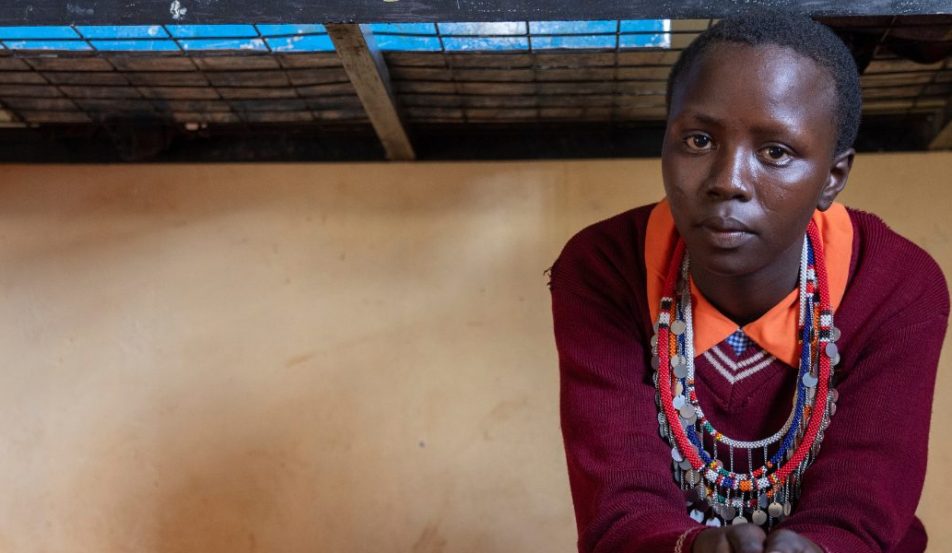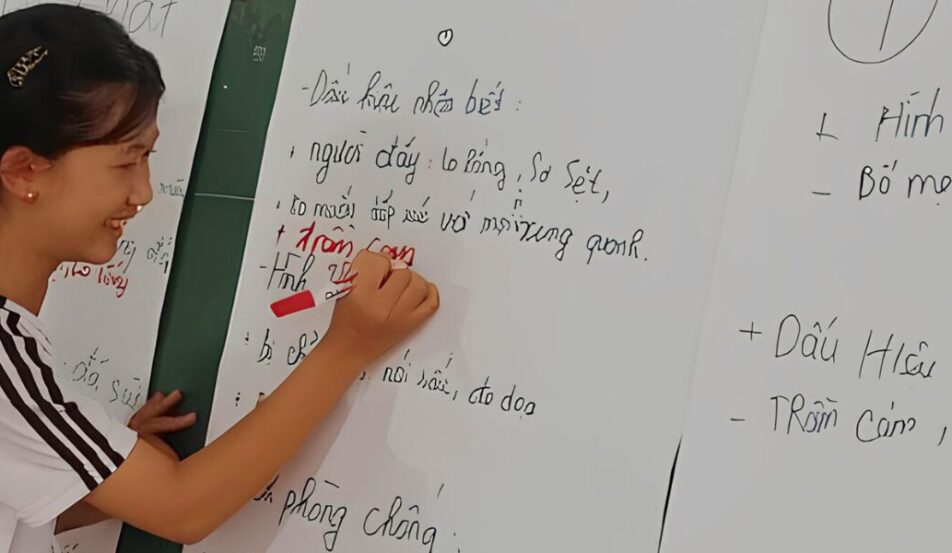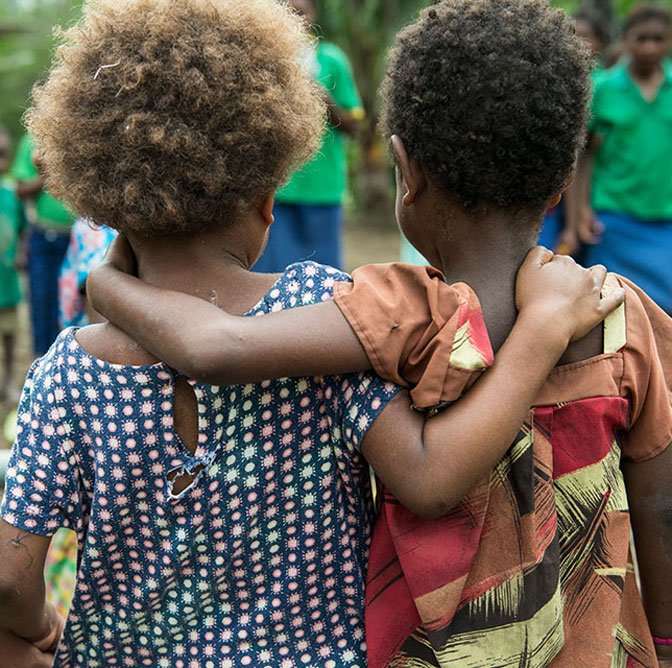A child bride’s hope for her children
Every year millions of girls around the world become mothers and wives before they are ready.
Globally, around 21% of young women were married before their 18th birthday, which means that 650 million girls and women alive today were married as children.
On this Mother’s Day, Mavis from Zambia shares the story of how she was married at 13, and what can be done to protect other girls – including her daughters – from early marriage.
Child Marriage: a global problem
This is a story about too many young girls worldwide.
It’s a story that happens out of order — one that shatters a girl’s dreams, her wellbeing, her view of herself.
How child marriage affected Mavis
This time, it’s about Mavis, who lives in Zambia, where the rate of child marriage is among the highest in the world: 42 percent of women between the ages of 20 and 24 have married before the age of 18.
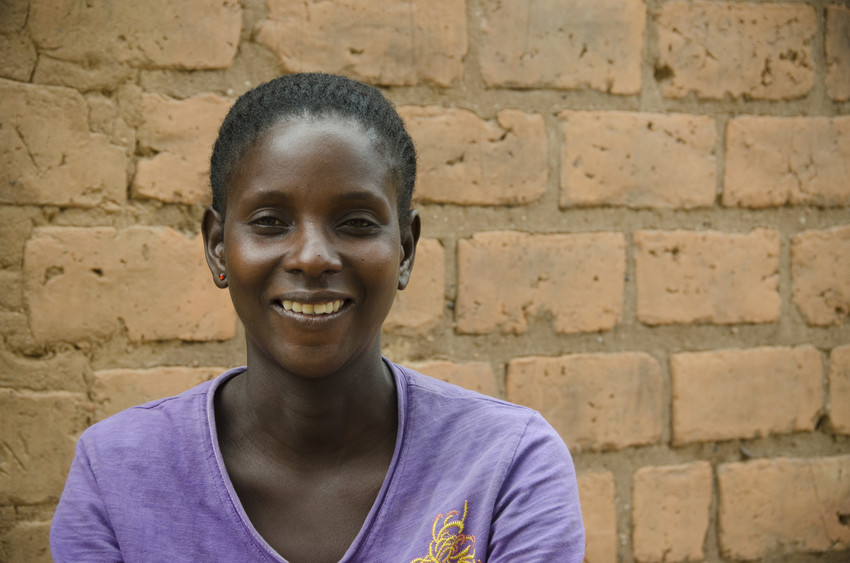
Mavis (above) is beautiful, and full of love, and she lights up when she looks at her five children. She is 29.
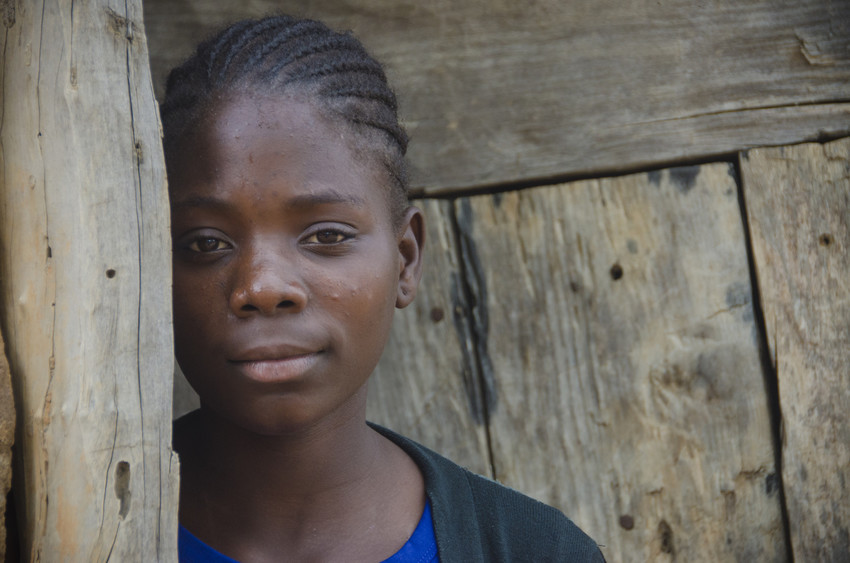
Mavis’ oldest child, Carol (above), is 16. Twenty-nine minus 16 is 13.
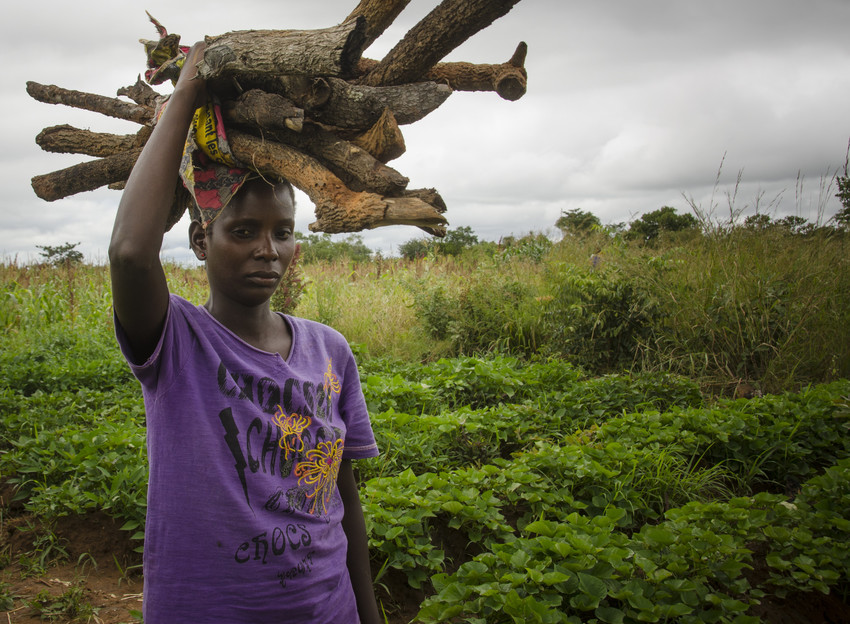
Mavis’ father died when she was just two years old. Her mother remarried soon after. Mavis’ new stepfather didn’t want to care for her, so she began living with her aunt, whose husband supported the family with odd jobs. When those dried up, Mavis had to quit school.
She was 10 and in third grade.
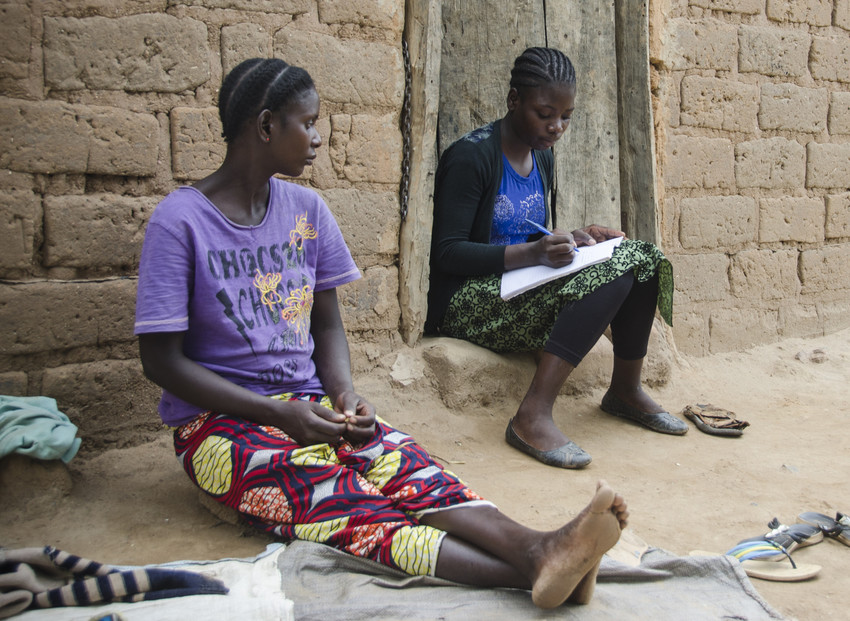
At 12, Mavis’ life got away from her, and she became pregnant. Choices were made for her, including marriage to the father of her baby, a 7th-grader who had to quit school to care for his new family.
Mavis laboured three days to give birth to Carol at home. They couldn’t afford to go to the hospital.
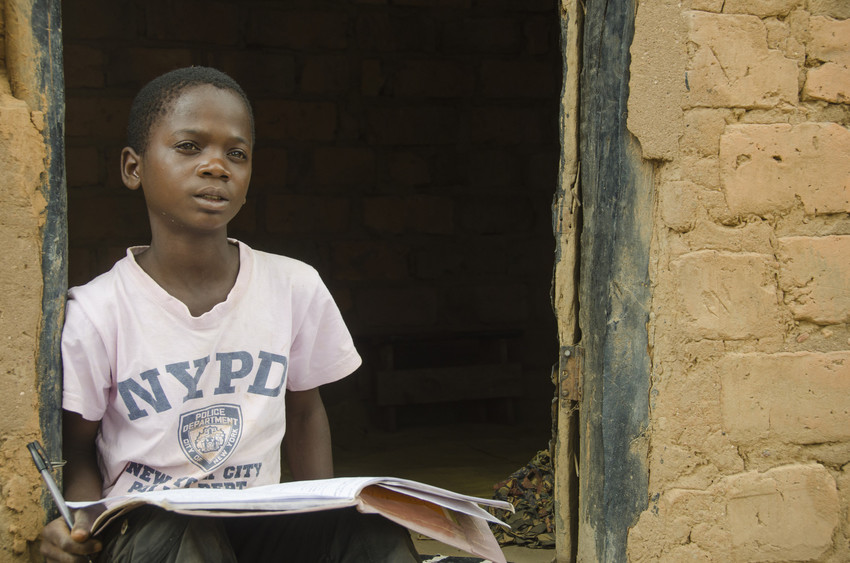
At 15, Stephen (above) was born. But the chores became too much for her, and her young husband, frustrated and still a child himself, began beating her.
She blamed herself. She still does. “I was very childish,” she says. “I could not manage household chores like cooking for my husband, looking after my babies, washing clothes for my husband and my babies.”
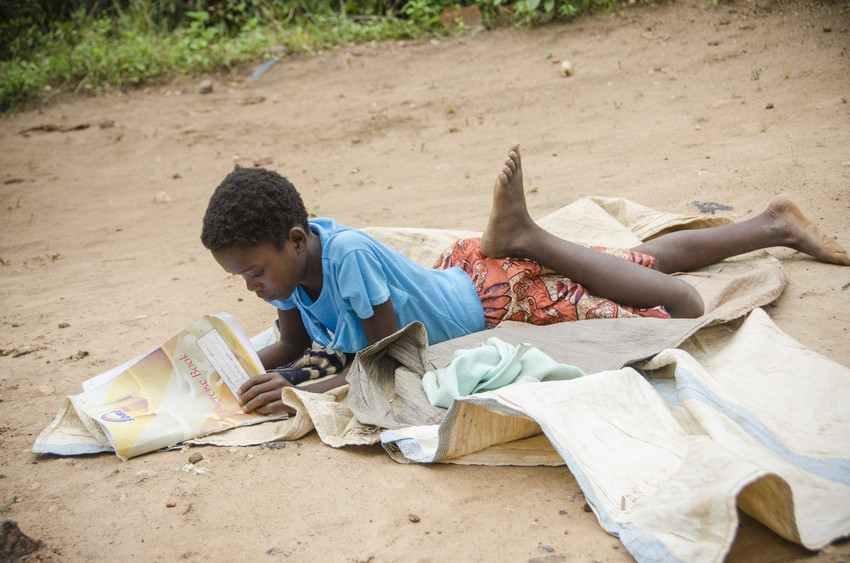
How Childfund was able to help Mavis and her family
Around then, a ChildFund social worker visited and told them about sponsorship, livelihood training and other opportunities available to them as young parents. By the time Faris (above) was born, when Mavis was 18, life had improved.
“I behaved like a child until I had my third one,” she says. The beatings ended.
Loveness is five. Henry is almost two. The family lives in a small compound with various cousins and in-laws. Mavis’ husband volunteers with ChildFund’s local partner organisation.
Both Carol and Faris are sponsored through ChildFund, and all the children participate in various programs. “ChildFund encourages children to remain in school,” says Mavis.
Mavis dreams of a better future for her children
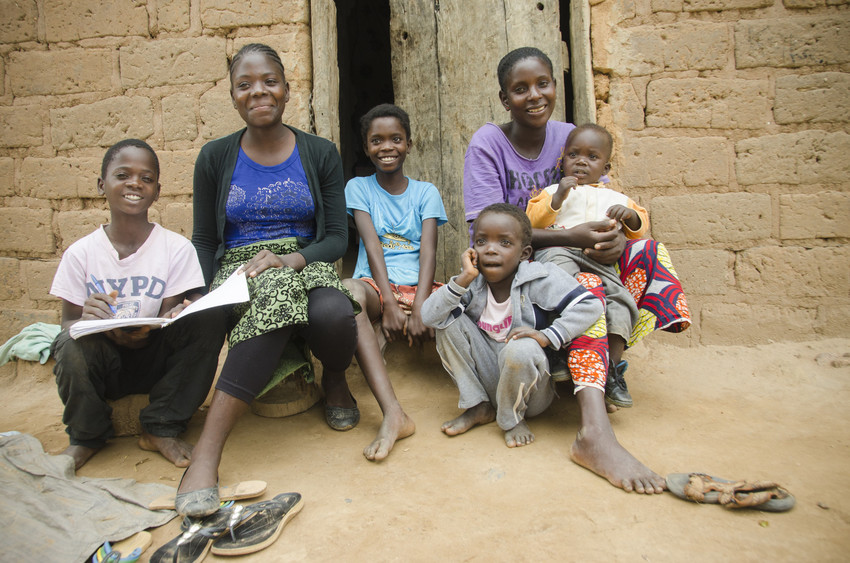
As a child, Mavis had dreams. “At school, I was dreaming of becoming a teacher or doctor, because I wanted to look after my mother,” she says.
Now her dreams are for her children. “I want my children to be educated,” she insists. “I don’t want my children to experience what I went through. Because I don’t know many things — I don’t know how to read or write my name. I don’t want my children to earn a living by selling tomatoes, like me.”
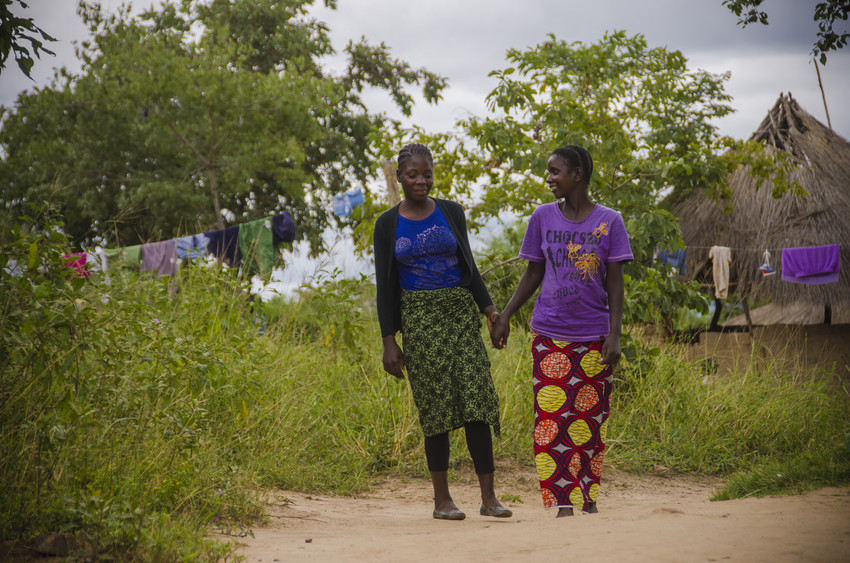
“Carol is committed to school,” she adds. “She does not fool around, and I teach her about the way a young lady should conduct herself.”
Carol aspires to become a teacher so she can take care of her parents.
Given the occasional chance, Mavis still loves to play.
And she dreams of learning to read and write.
Help us help children fear less
We need your help to achieve our goal: ensuring all children live a childhood without fear.What does a fearless childhood look like? A fearless child is one that can stay in school, fulfil their dreams, and marry at an age where they are healthy and mature enough to become a parent. Help children fear less and support our appeal to end child violence and exploitation.































